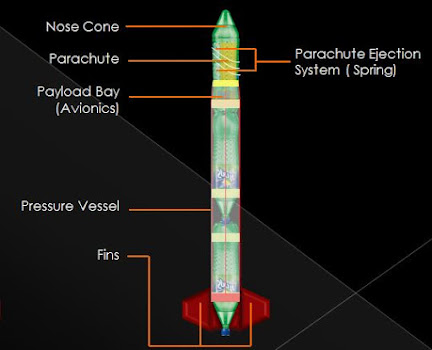Running Out Of Toes | Prelaunch Preview of Rocket Lab's next mission
When, Where and for what they gonna launch it??
Mission Name: Running Out of Toes
Payload: 2 BlackSky satellites
Launch provider: Rocket Lab
Customer: BlackSky
Launch Vehicle: Electron
Date and time (subject to change): 15th May 2021 at 3:30 PM IST (GMT+05:30)
Launch Site: Launching from Rocket Lab Launch Complex 1 on New Zealand’s Mahia Peninsula
Orbit of the satellites: Sun-Synchronous Orbit
Other stuff:
- It will be the 20th mission of Rocket Lab and their workhorse rocket Electron.
- This mission will be the second of three planned ocean splashdown recovery missions by Rocket Lab.
- It will be the 42nd launch attempt of the year 2021
Ok,
then what is "Running Out Of Toes"??
Running Out Of Toes is the first of four dedicated launches in 2021 for BlackSky, a leading provider of real-time
geospatial intelligence and global monitoring services.
Running Out Of Toes will see Electron deploy two 60kg class
Earth-observation satellites to low Earth orbit, where they’ll
join three BlackSky satellites previously deployed by Rocket
Lab as part of BlackSky’s constellation. The mission furthers
BlackSky’s goal to achieve a 16-satellite constellation by
early-2022. Spaceflight Inc. arranged the launch and is
providing mission management and integration services for
BlackSky.
What are BlackSky satellites?
What about the Rocket??
The payload will reach its destination by Rocket Lab's Electron rocket. It is a two-stage orbital launch vehicle that is designed specifically to inject small satellites of up to 300 kg into a wide range of low Earth orbits (LEO). The first stage uses 9 sea-level Rutherford engines which is an electric pump-fed engine and the second stage uses a single vacuum optimized Rutherford engine. Both stages are powered by liquid oxygen and RP-1 (rocket-grade kerosene). Rocket Lab has also developed an optional third stage named "kick stage" designed to circularize and raise the orbits to deploy the payloads to unique and precise orbital destinations. The Kick Stage is powered by Curie engine. They also trying to reuse electron's first stage and this mission will be the second of three planned ocean splashdown recovery missions by Rocket Lab.
DIAMETER - 1.2 m
STAGES - 2 + Kick Stage
WET MASS - 13,000 kg
PAYLOAD TO LEO - 300 kg
STRUCTURE - Carbon Composite
PROPELLANT - LOX / Kerosene
From where I can see the launch?
You can see the launch through Rocket Lab's Livestream:
1) Rocket Lab
All image credits: Rocket Lab








Comments
Post a Comment